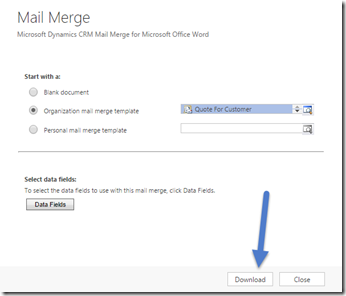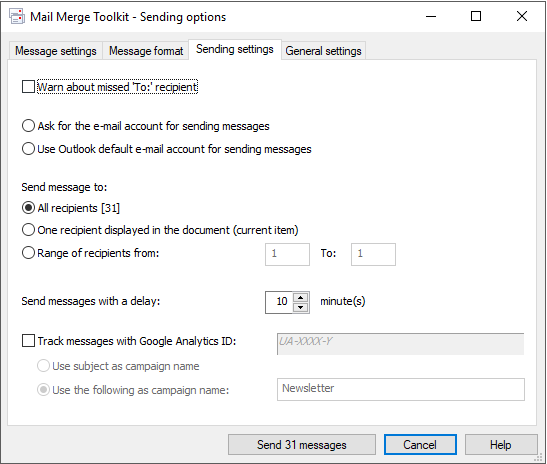

Based on the deduced glycan mass, MAGIC 25 searches the glycan compositions by using the knapsack algorithm without glycan composition/structure databases. The glycan-removal search deduces the pseudopeptide masses from N-glycopeptide spectra by using potential reducing-end Y ions, and then modifies the spectral precursor masses as the pseudopeptide masses to identify peptides using conventional peptide search engines 23, 24, 25. MSFragger and MetaMorpheus use the peptide ion-indexing technique 22 to accelerate the peptide-first search. This method first searches the peptide part and then deduces the glycan part as a large variable modification by considering some B/Y ions. The peptide-first search is arguably the strategy that is most widely used and was adopted by Byonic 15, gpFinder 16, GPQuest 17, pMatchGlyco 18, GPSeeker 19, Protein Prospector 11 and two recently developed tools MSFragger (MSFragger-Glyco 20) and MetaMorpheus (MetaMorpheus O-Pair 21). There are three main search strategies for intact glycopeptide identification: peptide-first, glycan-removal and glycan-first.

Many glycopeptide search engines based on modern MS techniques have been developed over the last decade 4, 5, 14. ETxxD (ETD, EThcD and ETciD) can generate glycan-attached c/z ions to not only identify peptides but also deduce site-specific glycans 10, 11, 12, 13. The b/y ions and b/y+HexNAc ions in HCD can be used to identify peptide parts, but they commonly do not provide enough information to determine site-specific glycans for multiple glycosylated sites with a given sceHCD spectrum. Information about Y ions allows us to directly identify the entire glycan composition, and core Y ions (for example, Y0, Y1 and Y2) can be used to determine the glycan and peptide masses. HCD, especially stepped collision energy HCD (sceHCD), can provide abundant glycopeptide Y ions (glycan Y ions with an intact peptide attached) and quite a few b/y ions of naked peptides to identify the glycan parts and peptide parts, respectively 8, 9.

Modern MS instruments have integrated different fragmentation techniques for glycopeptide analysis, such as higher-energy collisional dissociation (HCD), electron-transfer dissociation (ETD), electron-transfer/higher-energy collision dissociation (EThcD) and electron-transfer/collision-induced dissociation (ETciD) 6, 7. In recent years, tandem mass spectrometry (MS/MS) has been shown to be a promising technique to analyze site-specific glycans on proteins 4, 5. Protein glycosylation is a fundamental posttranslational modification (PTM) that is involved in many biological functions 1, 2, 3. The freely available pGlyco3 is an accurate and flexible tool that can be used to identify glycopeptides and modified saccharide units. With pGlyco3, we confidently identified N-glycopeptides and O-mannose glycopeptides that were extensively modified by ammonia adducts in yeast samples. Our evaluation shows that the site-specific glycan localization probabilities estimated by pGlycoSite are suitable to localize site-specific glycans. By combining electron-based dissociation spectra, pGlyco3 integrates a dynamic programming-based algorithm termed pGlycoSite for site-specific glycan localization. A glycan ion-indexing algorithm developed for glycan-first search makes pGlyco3 5–40 times faster than other glycoproteomic search engines without decreasing accuracy or sensitivity. Here, we present a glycan-first glycopeptide search engine, pGlyco3, to comprehensively analyze intact N- and O-glycopeptides, including glycopeptides with modified saccharide units. However, accurate identification of intact glycopeptides and modified saccharide units at the site-specific level and with fast speed remains challenging. For example, open your data source in Excel, and then save it as an Excel 97-2003 Workbook (*.XLS) or CSV Comma Delimited (*.CSV) file.Great advances have been made in mass spectrometric data interpretation for intact glycopeptide analysis. If another user tries to open a Word file that uses the same data source simultaneously, only read-only permissions can be granted, and therefore the request fails. xlsx file in a shared folder and use it as data source in a Word mail merge, Word opens the. In this scenario, you receive the following error message:Įrror has occurred: External table is not in the expected format.


 0 kommentar(er)
0 kommentar(er)
